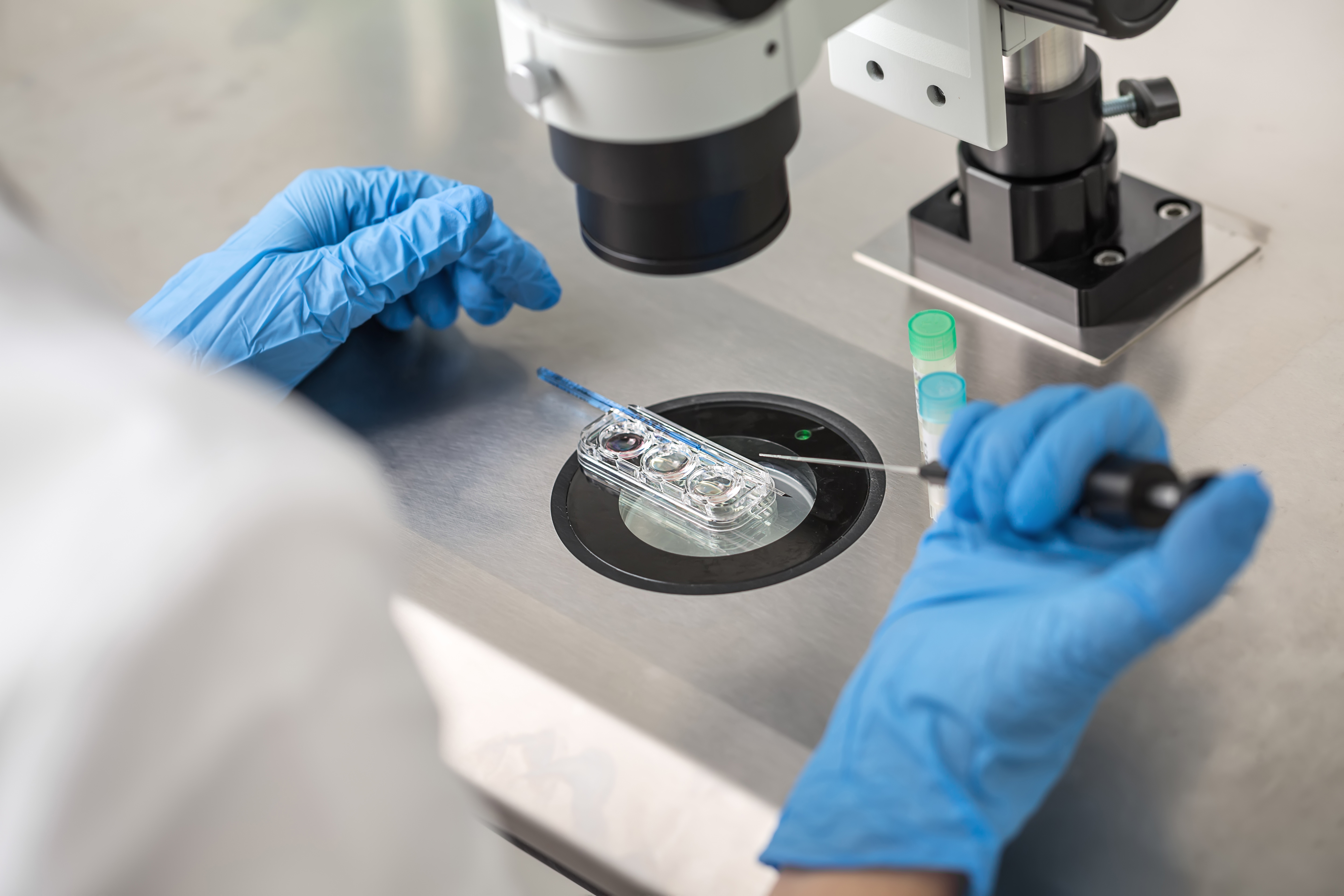In order to use your frozen sperm, the recipient will need to work with an ob/gyn, usually a specialist in female infertility, even if she has no fertility issues.
There are two main methods used, intrauterine inseminations (IUI’s), and in vitro fertilization (IVF).
Intrauterine Inseminations (IUI’s):
For an IUI (which is also done frequently for couples with infertility using fresh sperm) the frozen sperm are thawed and then processed or washed prior to being placed in the woman’s uterus with a small catheter. The sperm must be processed because many of the components of semen and the cryopreservative should not be placed directly in the uterus. (When a couple has intercourse, the sperm push their way through the cervical mucous, and leave behind the rest of the fluid naturally.)
The sperm then need to make their way up the woman’s fallopian tubes, where fertilization usually takes place. (In fact, during the processing, the sperm are placed in a nurturing solution which mimics the fluid found naturally in a woman’s fallopian tubes.) Many sperm bind to the egg, and then finally one breaks through to fertilize the egg.
In order for IUI’s to have a reasonable chance of success, the specimen needs to have many moving sperm, as so many are lost as they make their way up the tubes.
Thus, IUI’s are not considered a reasonable option, unless the total number of moving sperm in the specimen, after thawing, is 10 million. Several frozen vials can be combined in order to reach the 10 million number. However, it is projected that your vials once thawed, will on average contain fewer than 2-3 million moving sperm, per vial, you probably should not try to use them for IUI’s.
IUI’s have a lower success rate than IVF, and thus you would have to assume that it will take 2-3 cycles on average to have a reasonable chance of achieving a conception. If each of your vials yields more than 10 million moving sperm, a single vial could be used for each IUI. If each of your vials yields 3-9 million, you would probably use more than one vial per IUI.
Thus, the men whose numbers are in this intermediate range, 3-9 million moving sperm post thaw, will need to bank the most vials, if they want to try to achieve a conception with IUI’s.
The advantages of IUI’s are that they are less invasive for the woman and less expensive. This is why they are preferred to IVF in many cases, if it is a reasonable option based on both the quality and quantity of the sperm, and on female factors.
In Vitro Fertilization (IVF):
With IVF, the woman is given hormones to make her produce many eggs. These eggs are then harvested, by placing a needle that goes through the vagina and into the follicle containing each egg. (This is done under general anesthesia, but most women have very little discomfort afterwards.)
Originally, each egg was placed in its own dish, and the sperm put into the dish, to try to achieve fertilization. This is called conventional IVF, and each egg needs about one million moving sperm to have a reasonable chance for fertilization to take place.
However, in most cases involving frozen sperm, an individual moving sperm is taken and injected directly into an egg, which is called ICSI (Intra-cytoplasmic sperm injections).
For ICSI to be a viable option, a man only needs one moving sperm per egg to be available. Thus, with the advent of ICSI, it became worthwhile for men with extremely low counts to bank their sperm, because they then had reasonable chances of achieving a conception.

